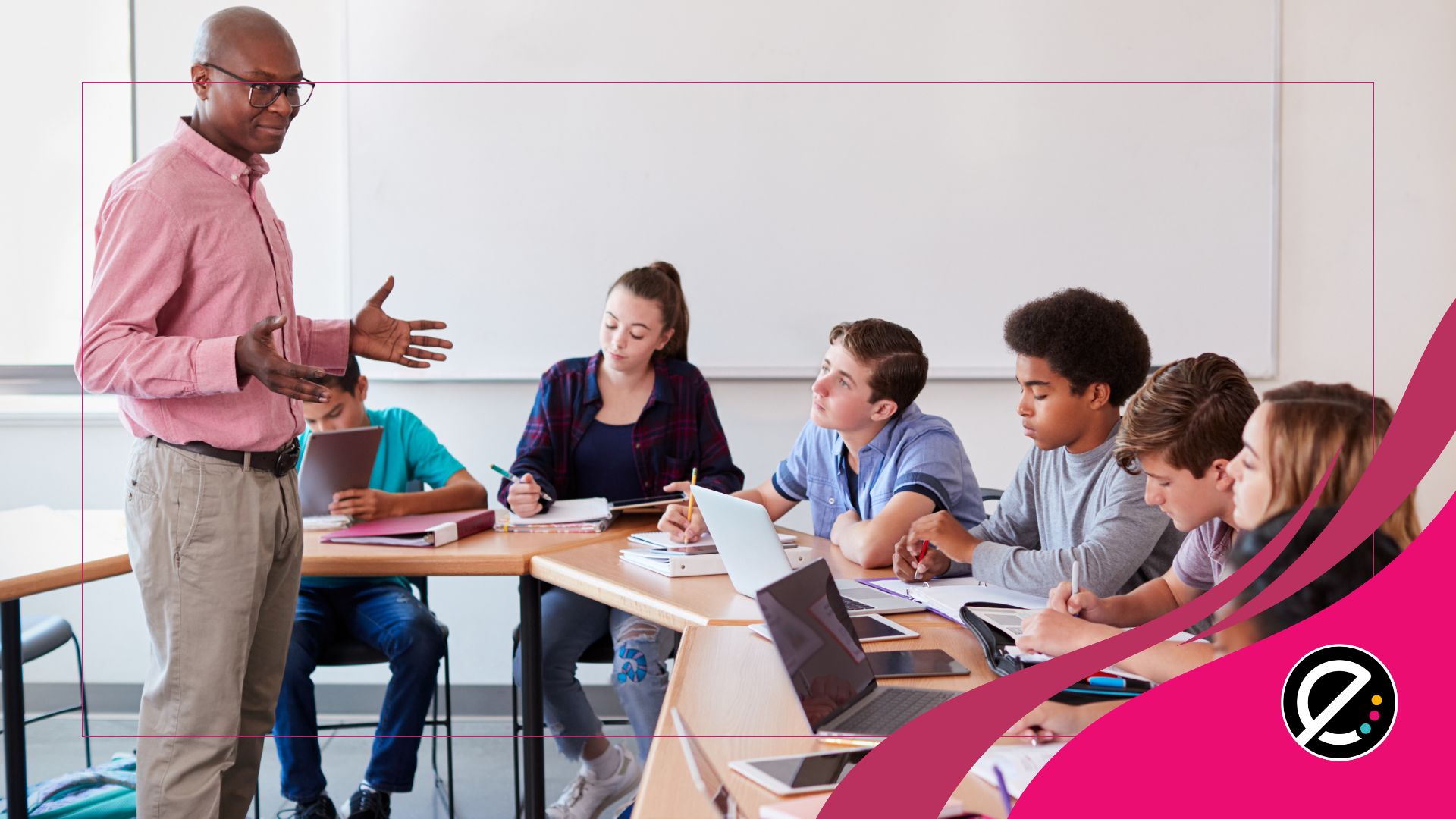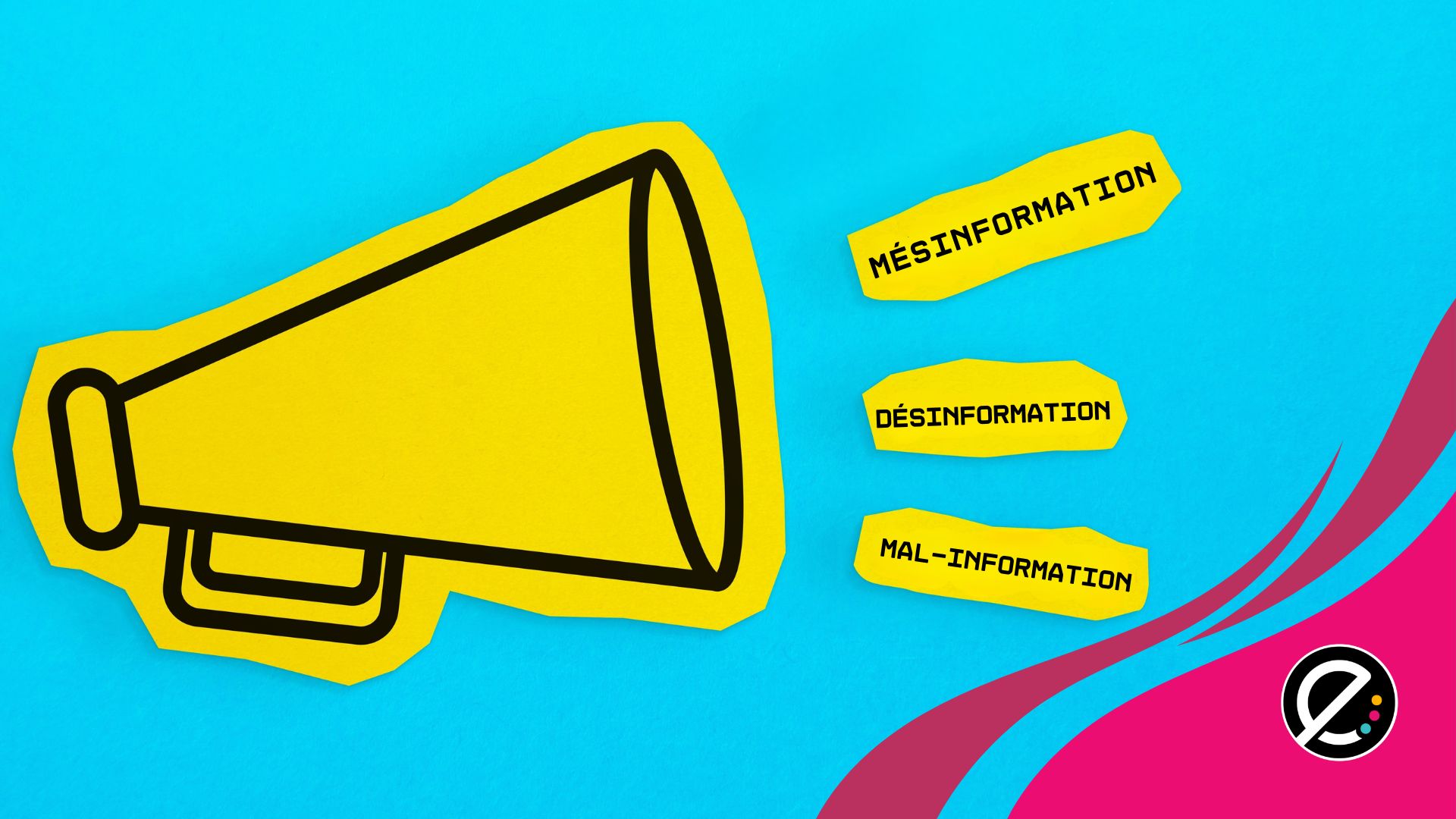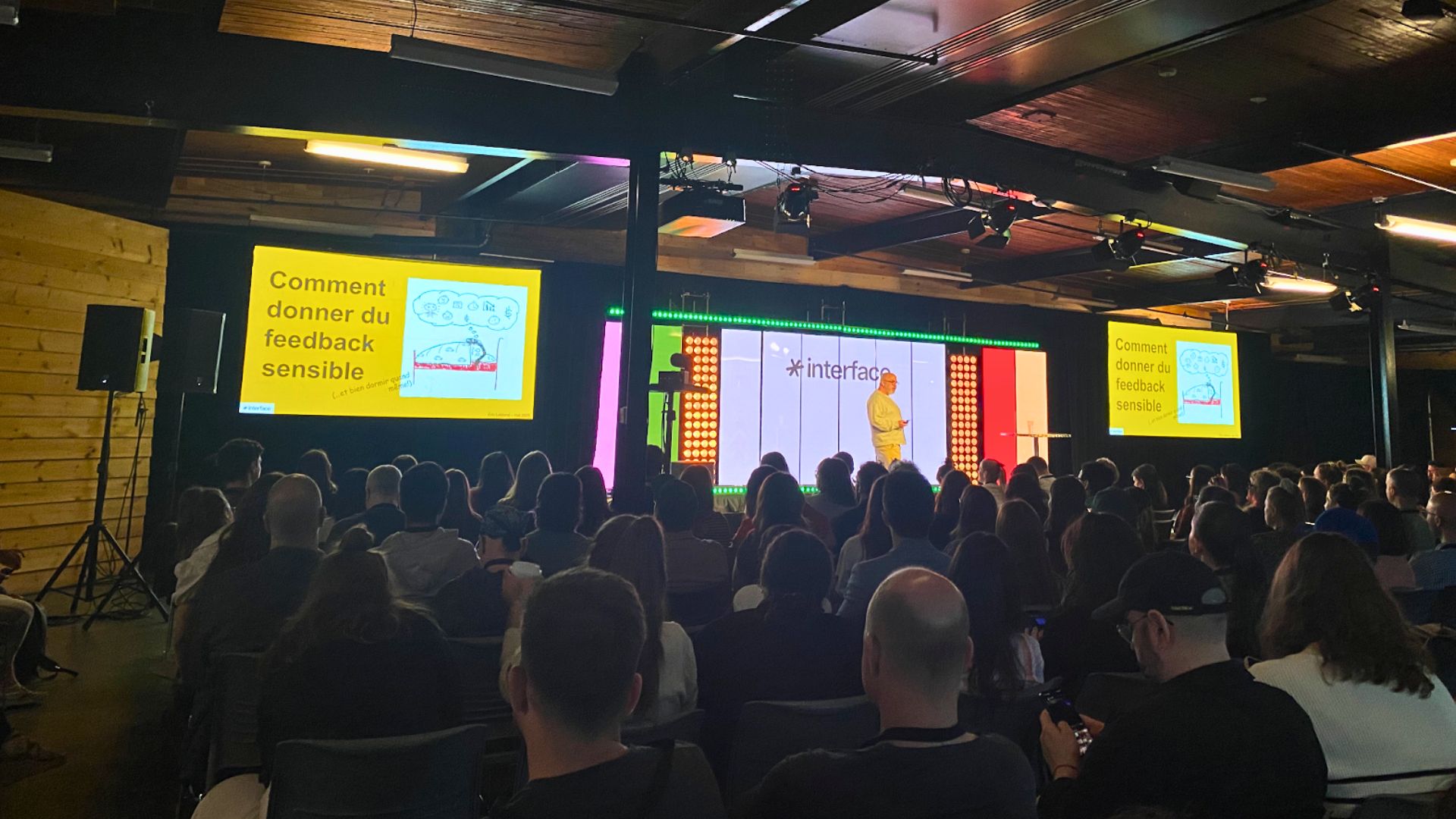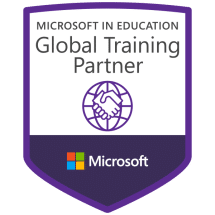À l’occasion du colloque 2010 de l’AQEP, les animateurs du service national du RÉCIT de l’univers social ont présenté le site Sociétés et territoires, parlé des nouveautés à venir et donné quelques pistes d’exploitation des activités sur TBI. Voici un aperçu de ce qui vous attend cette année.
Sociétés et territoires, c’est d’abord un site de contenus en univers social proposant des textes adaptés aux élèves du primaire. Pour créer ce site, les responsables du service national du RÉCIT de l’univers social se sont inspirés de ce constat: lorsqu’on cherche « histoire du Québec » ou « Nouvelle-France » sur Google, on ne trouve pas de contenus vraiment adaptés aux élèves de cet âge. Cette année, le site Web se refait une beauté. Son apparence sera plus actuelle, plus colorée. On prévoit une mise en ligne autour du mois de décembre.
Le site traite de 15 sociétés selon 3 compétences qui seront encore davantage mises de l’avant avec la nouvelle version du site : lire, interpréter et s’ouvrir à la diversité. Il permet de consulter une société, de comparer deux sociétés ou d’analyser le changement dans une société donnée. Pour ce faire, on peut consulter des sources premières, c’est-à-dire des textes d’époque, et aussi des textes rédigés par des historiens pour les élèves du primaire. Ces derniers constituent la majorité des textes du site . On trouve aussi sur le site environ un millier d’images libres de droits pour illustrer tout cela.
Après la refonte du site, on trouvera des mises à jour des textes pour rencontrer les exigences du document sur la progression des apprentissages, des images de plus et même des capsules vidéo de sources comme l’ONF, les archives de Radio-Canada et la série « J’ai la mémoire qui tourne », des films de famille numérisés avec le soutien du canal Historia.
Une autre nouveauté permettra aux enseignants de se créer un compte afin de rassembler leurs textes favoris, faire des assemblages de fiches et autres médias, puis de publier leur page pour leurs élèves. Cette particularité est prévue pour plus tard cette année, quelque part en avril.
En deuxième partie d’atelier, les animateurs montrent des idées d’utilisation du site avec le TBI et le travail sur les sources premières. Par exemple, l’enseignant peut copier une partie de texte dans un document et demander aux élèves d’identifier les mots difficiles. Il peut aussi insérer une image d’une seigneurie et dessiner les lignes importantes en changeant de couleur pour mettre en évidence certaines caractéristiques. Bref, c’est d’utiliser les ressources qui sont accessibles (sur Sociétés et territoires ou provenant d’autres sources) et de profiter des outils et de l’interactivité qu’apportent les TBI.
L’Infobourg vous informera de la mise en ligne de la nouvelle version du site plus tard cette année.













